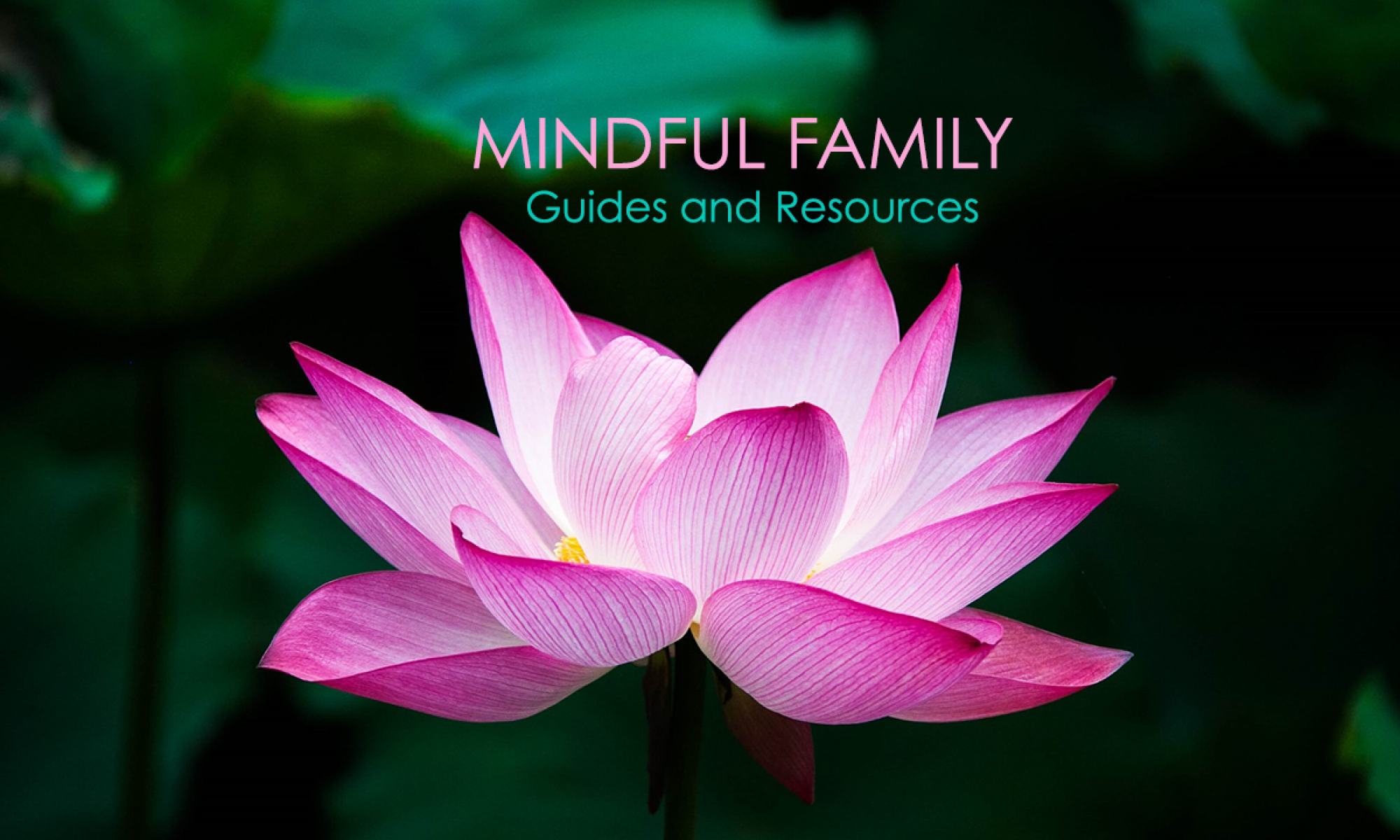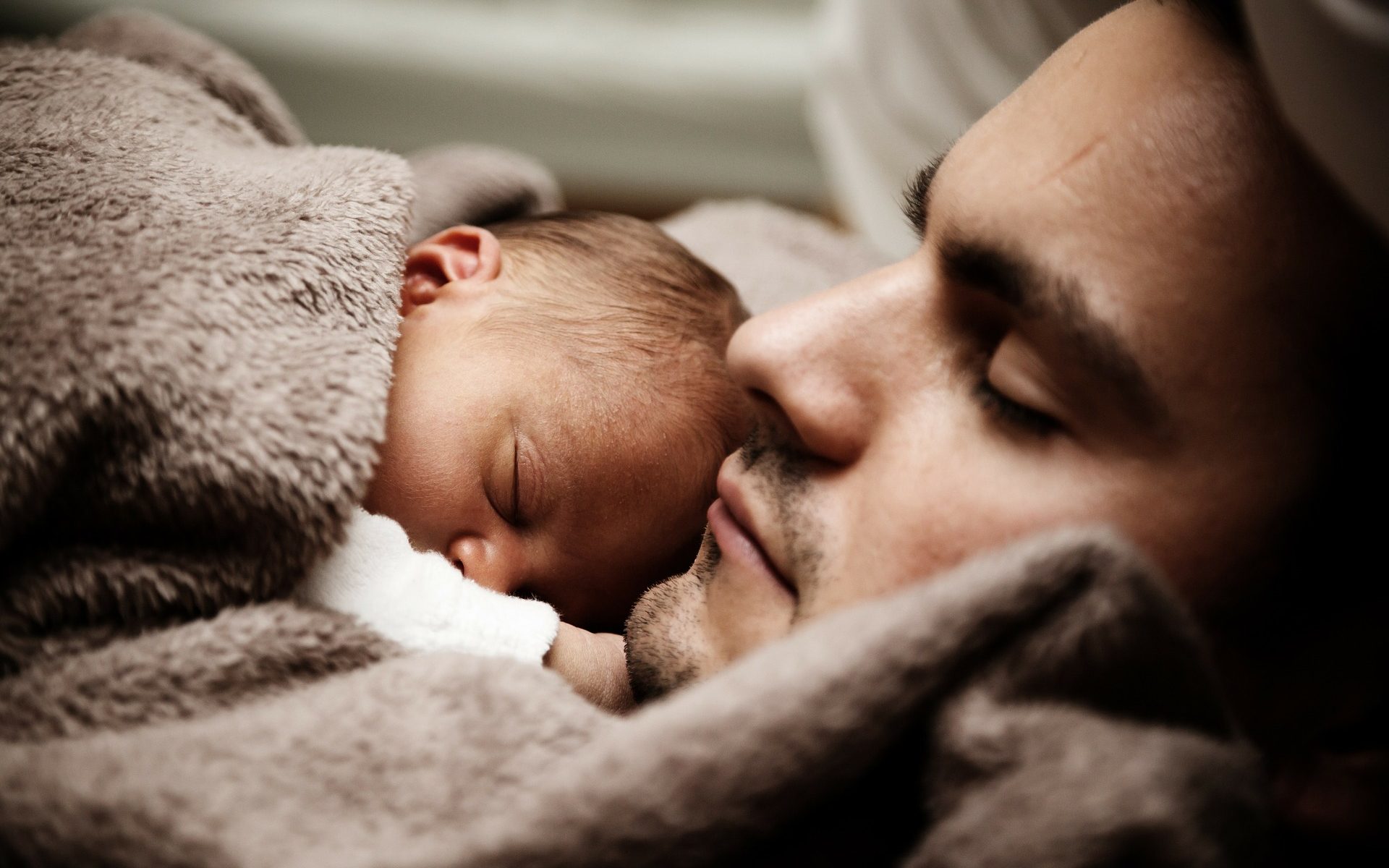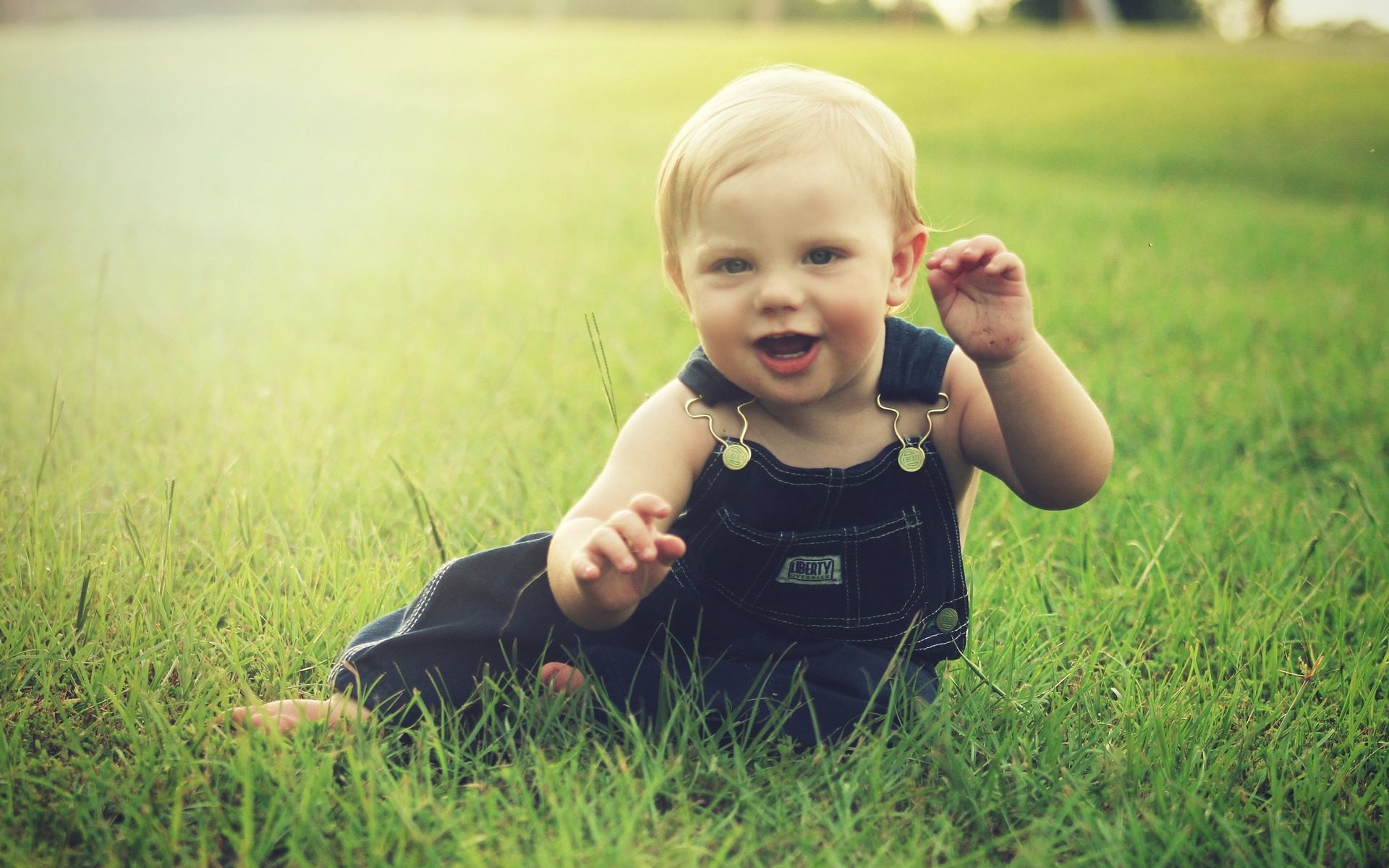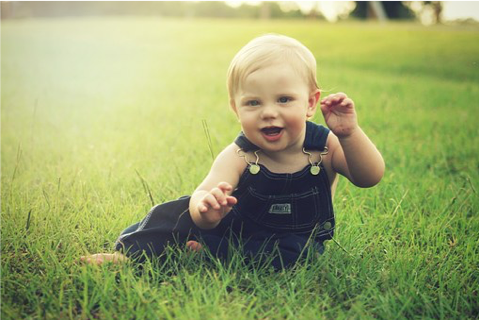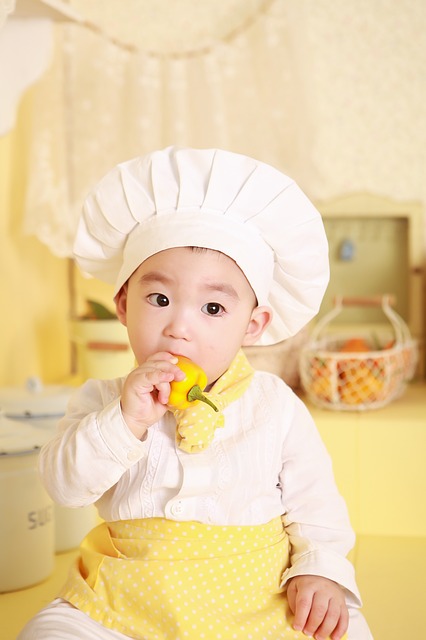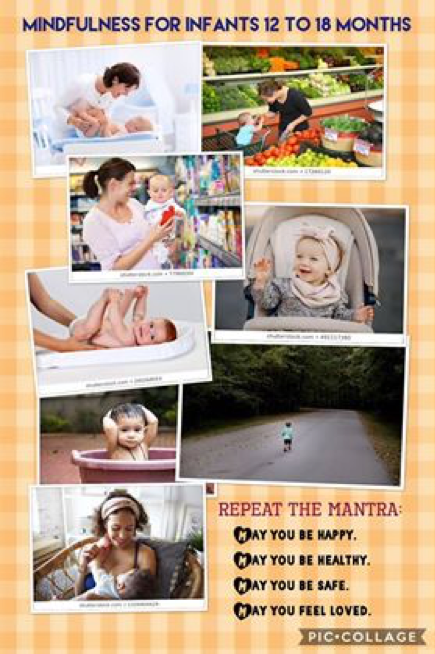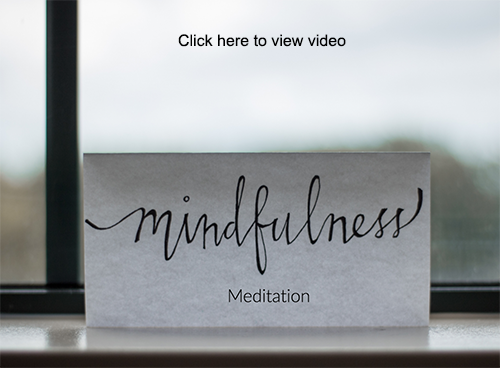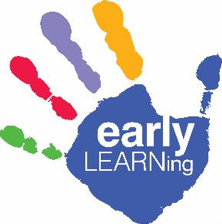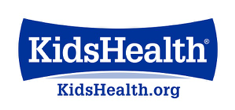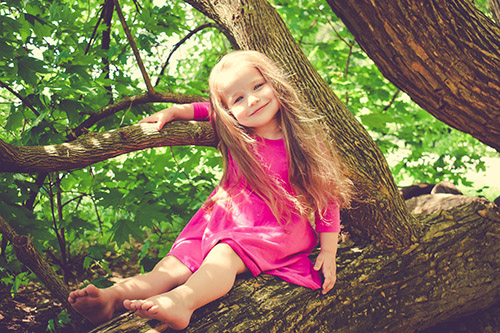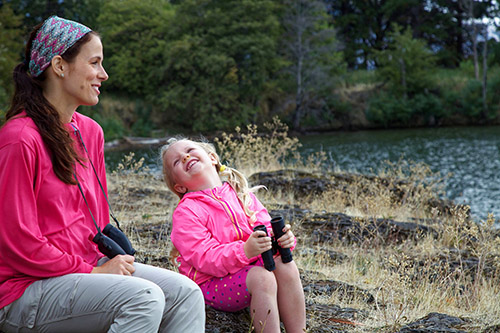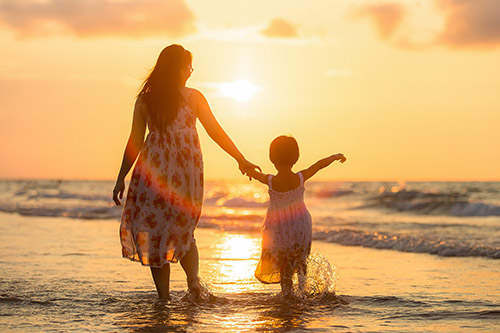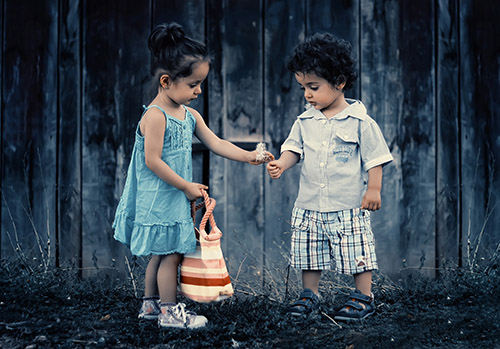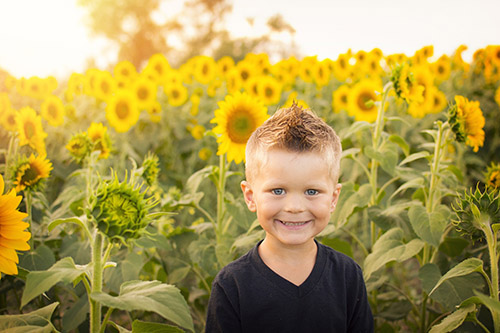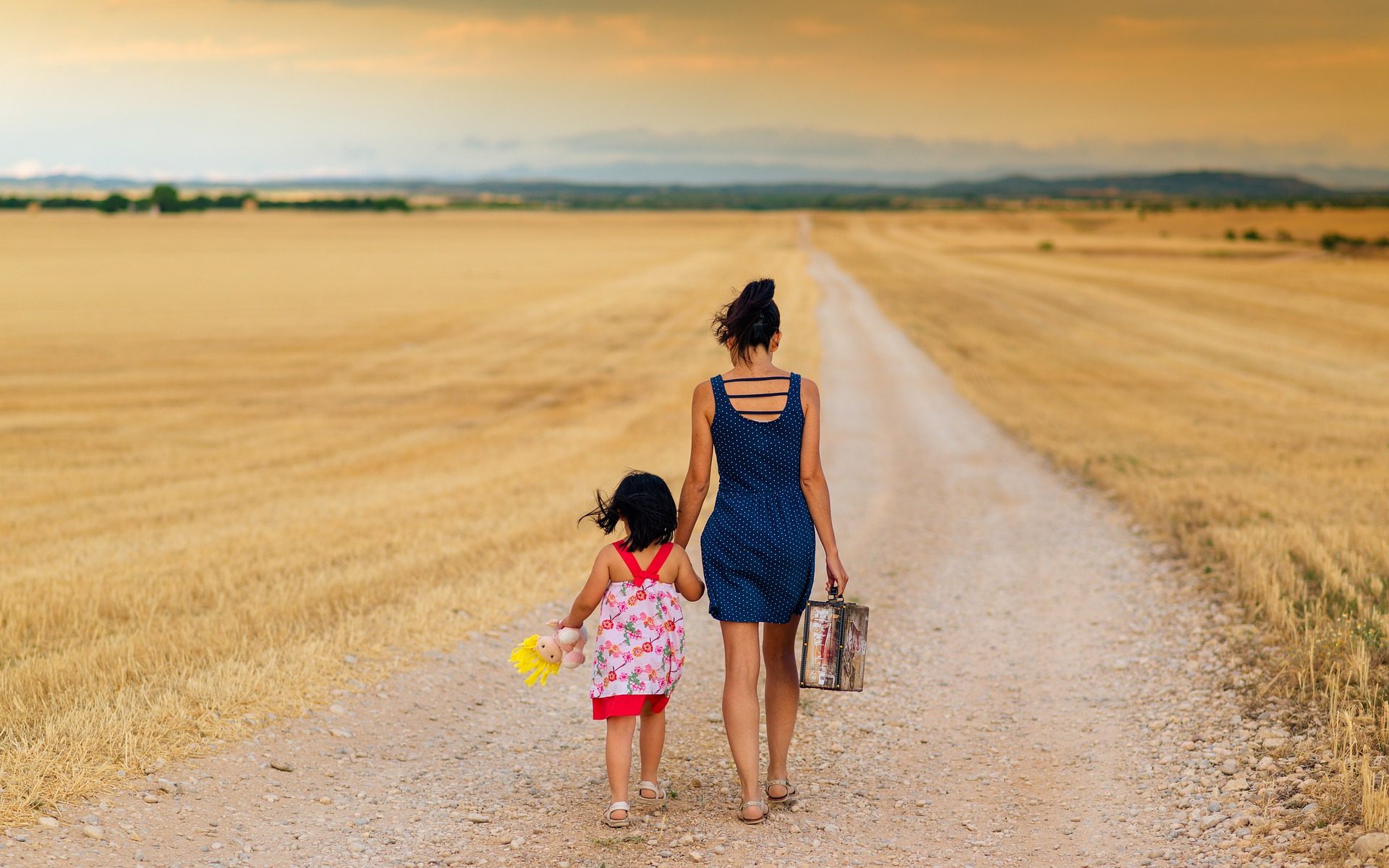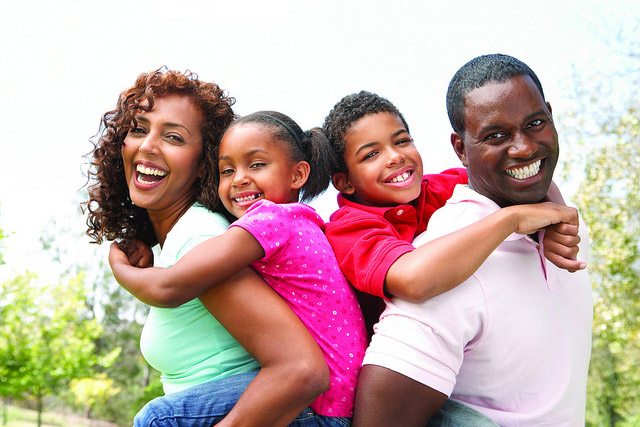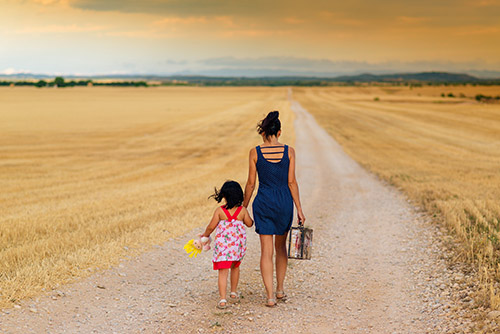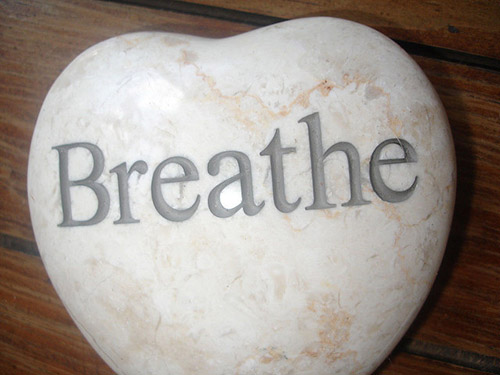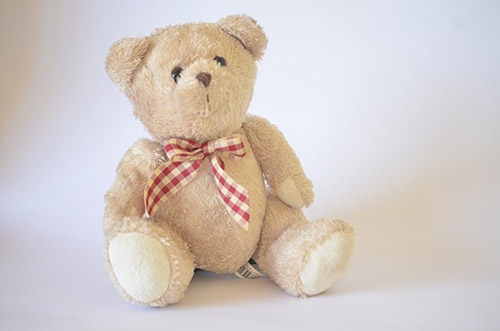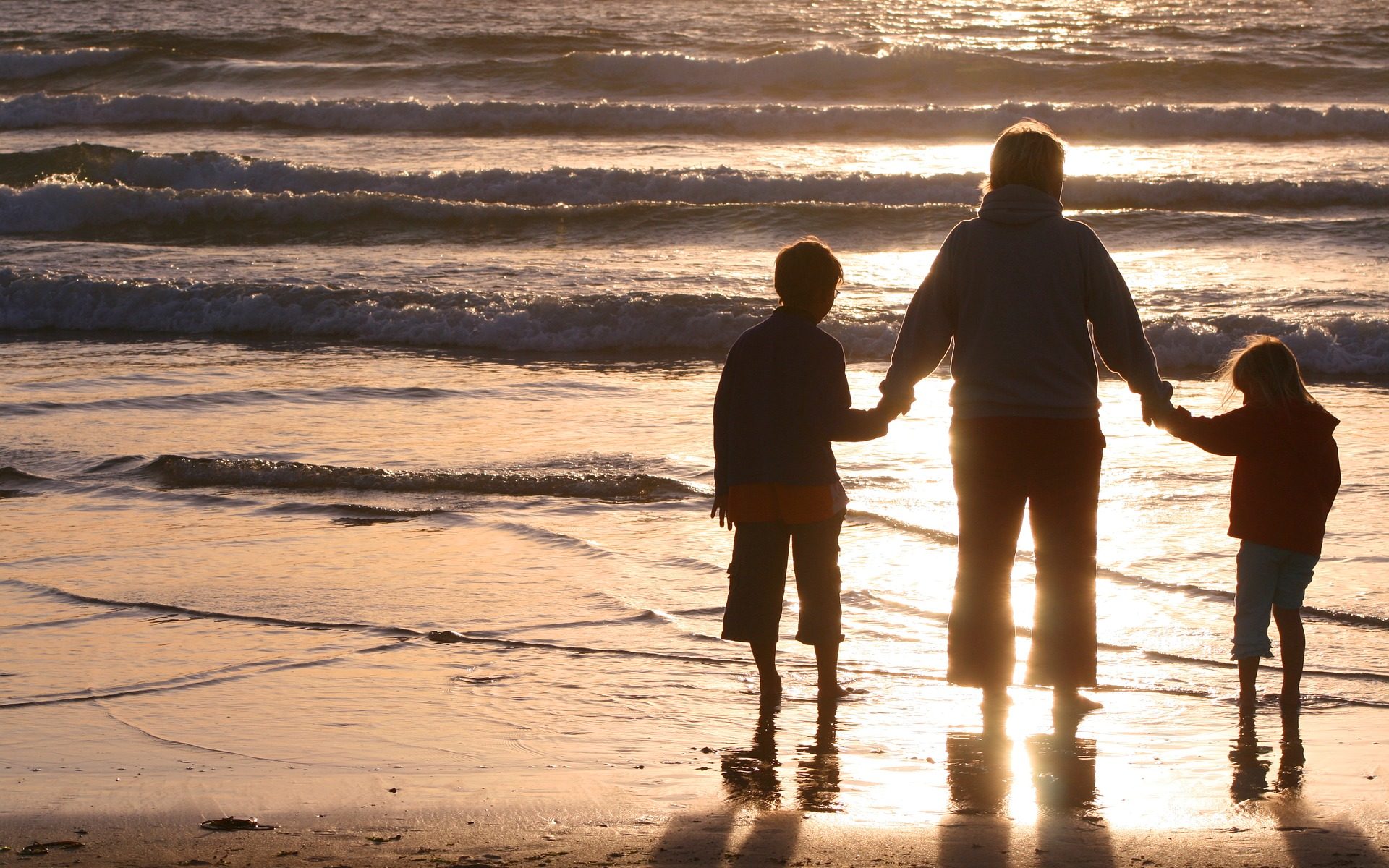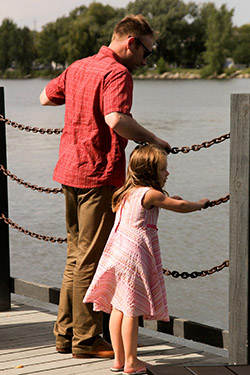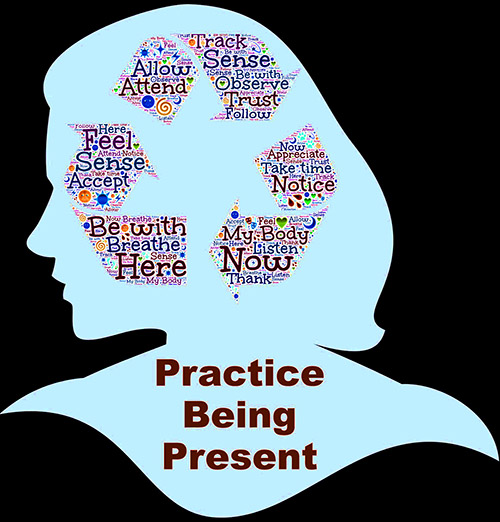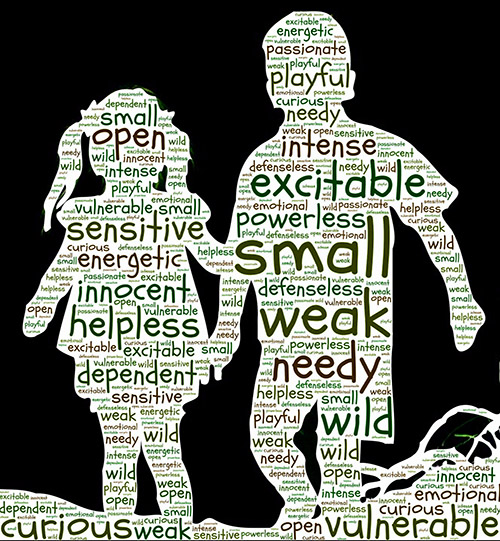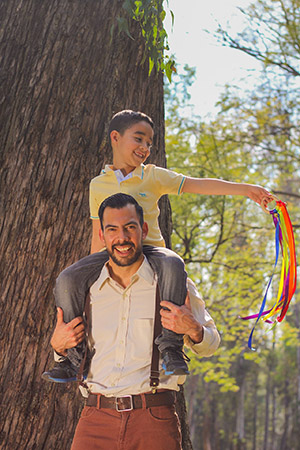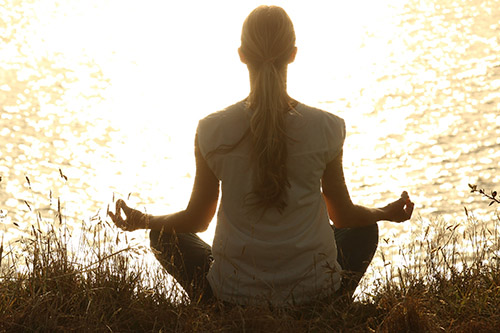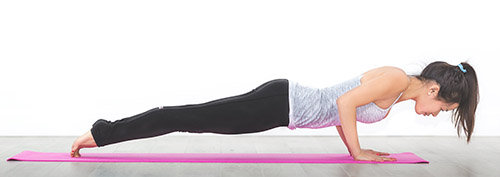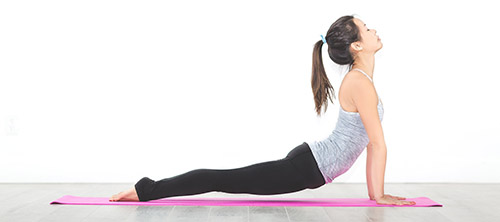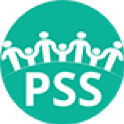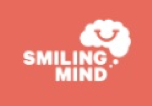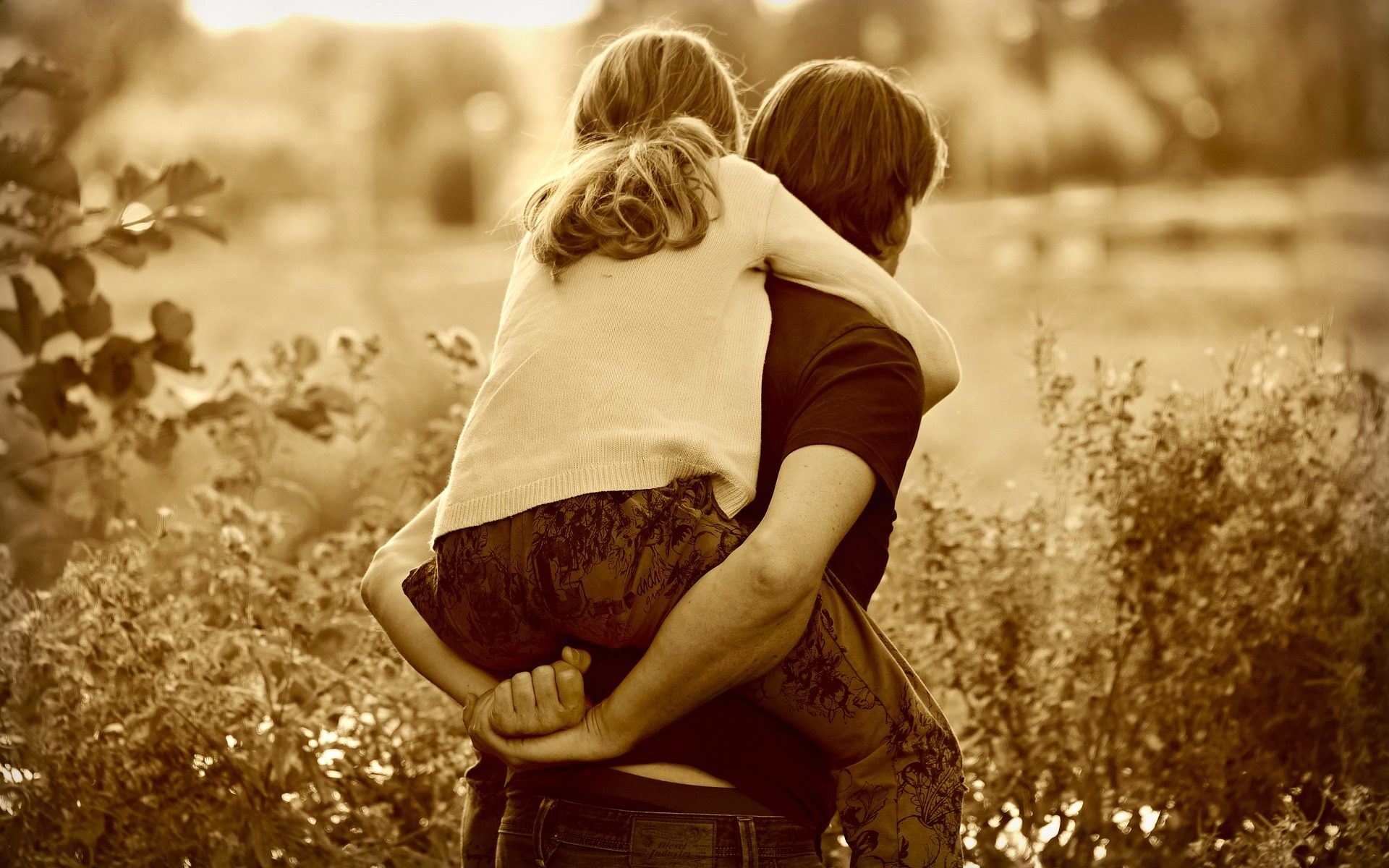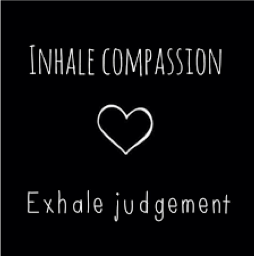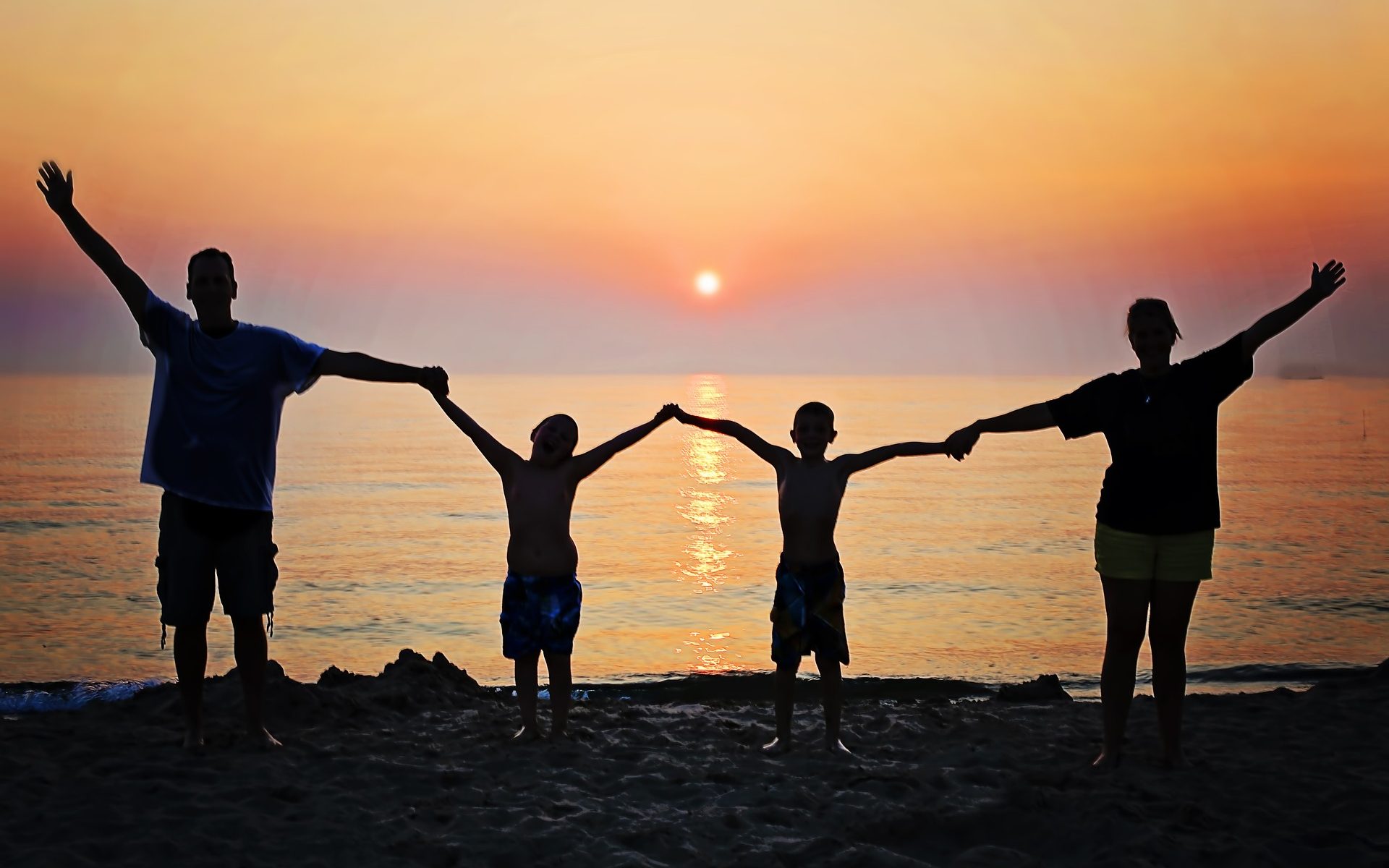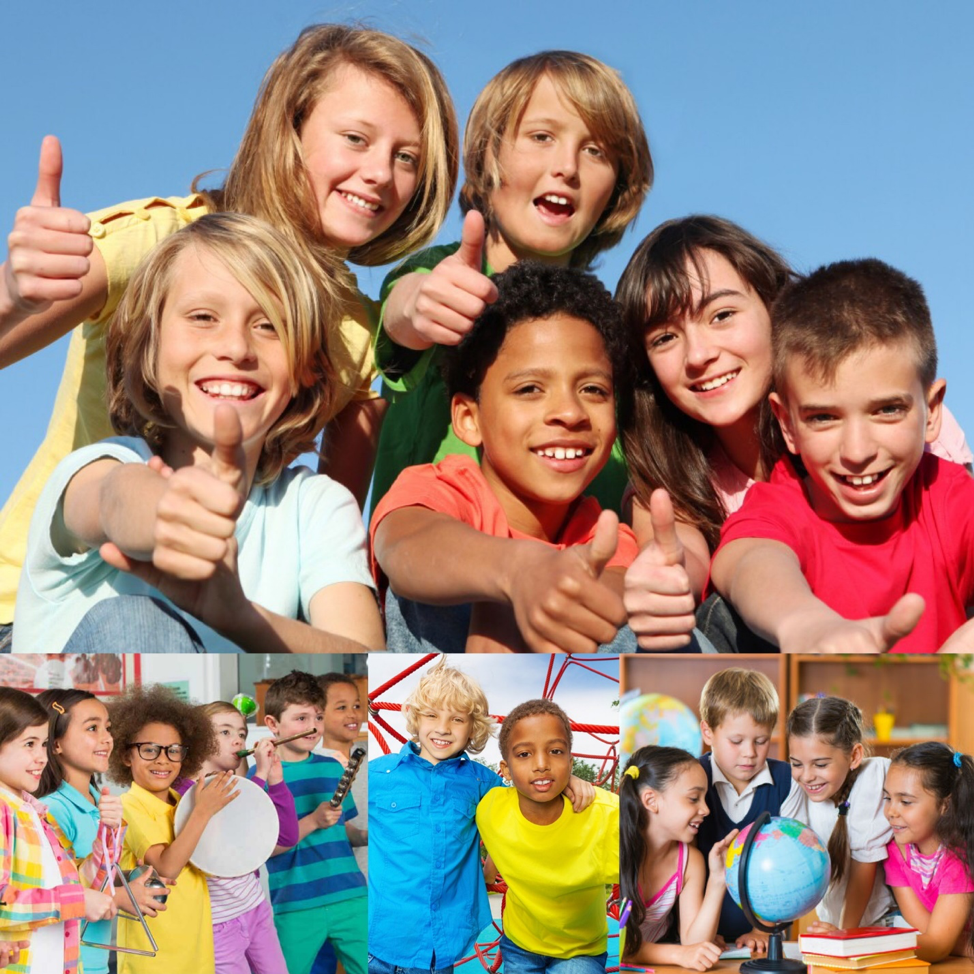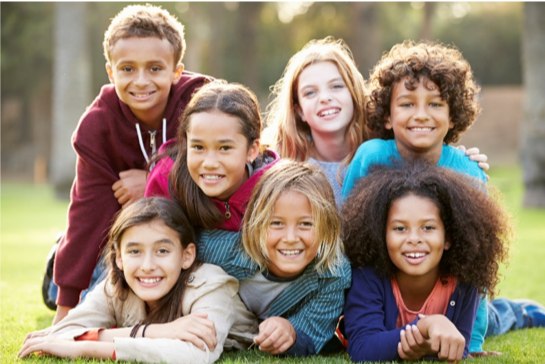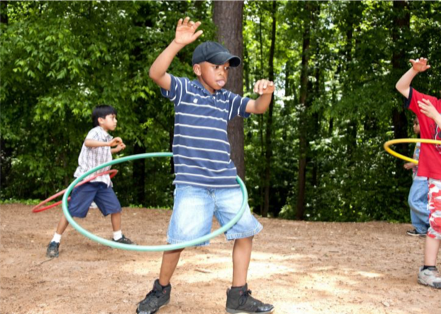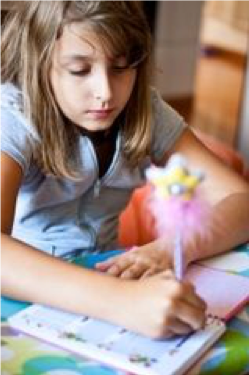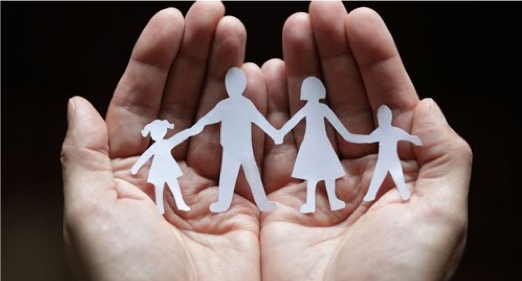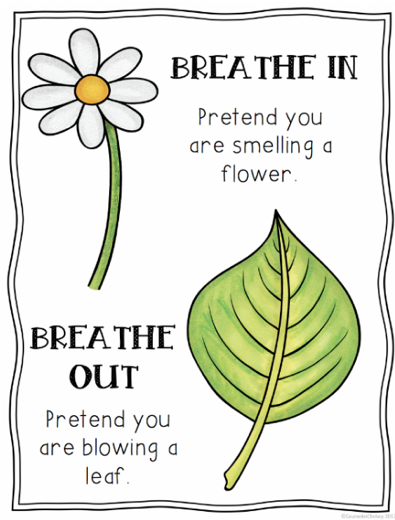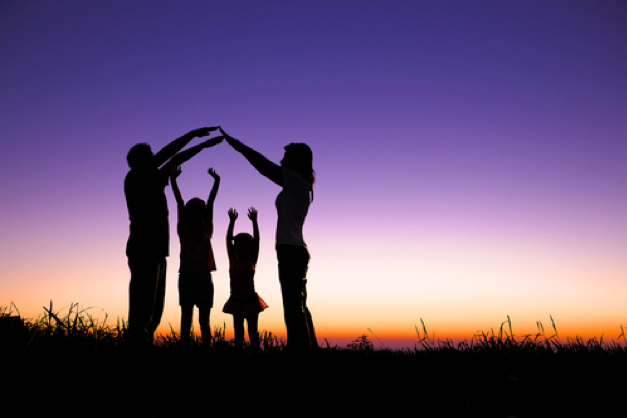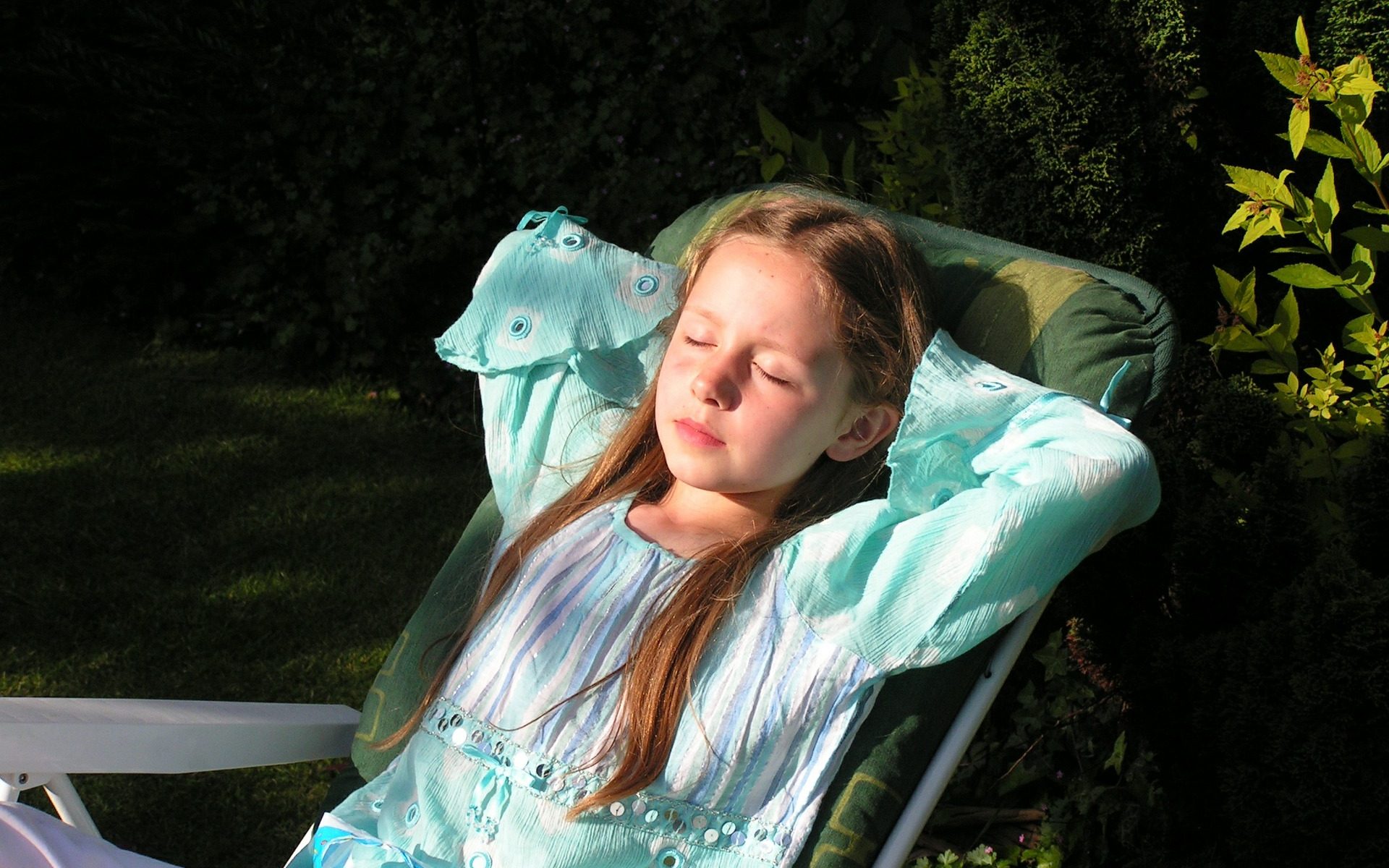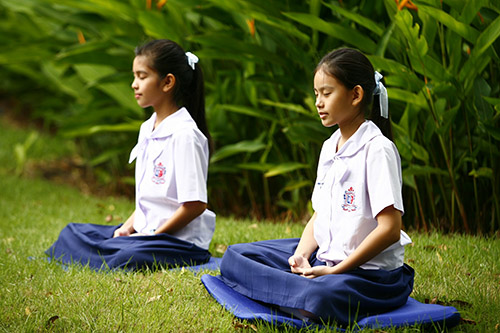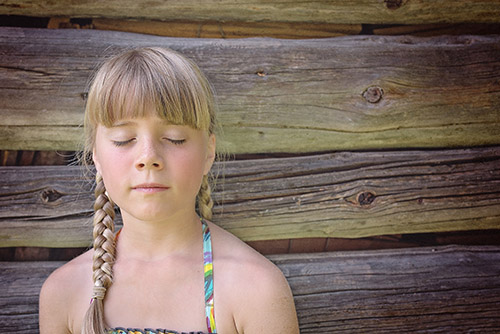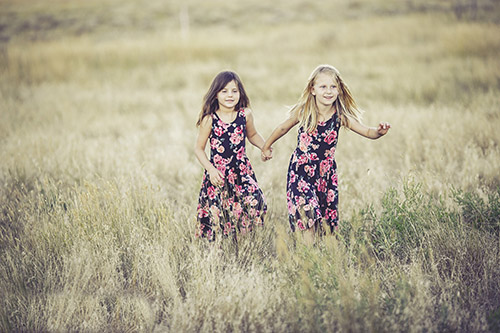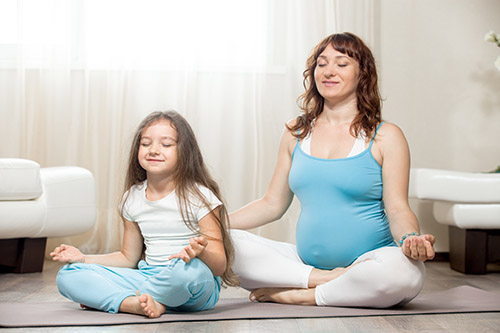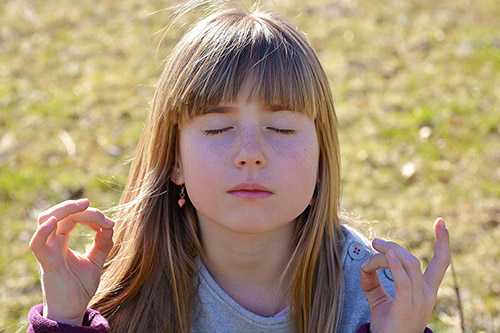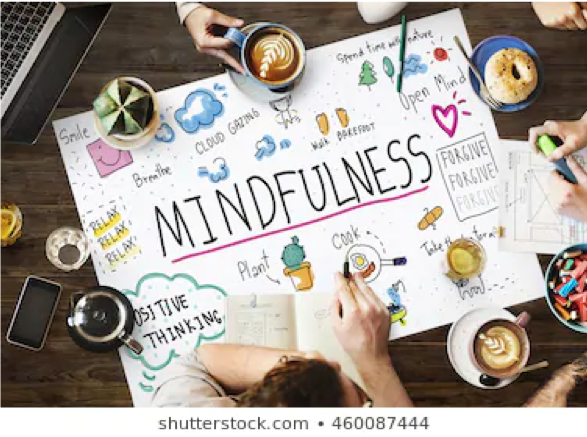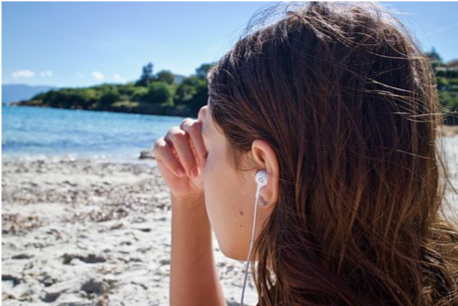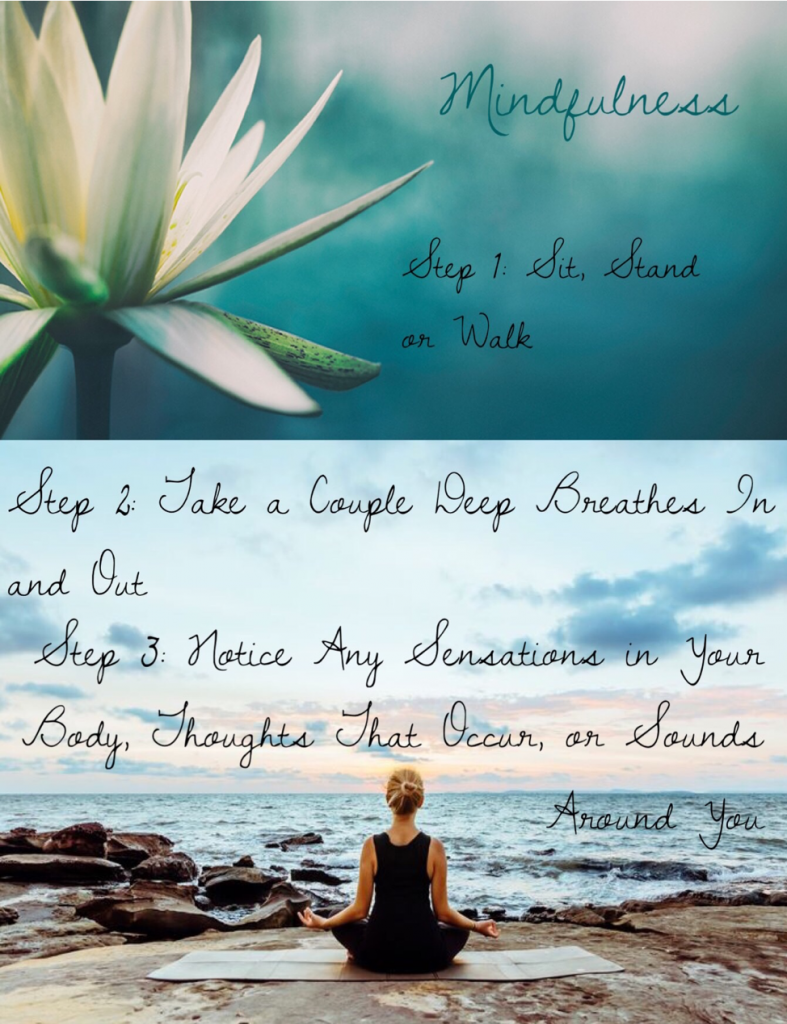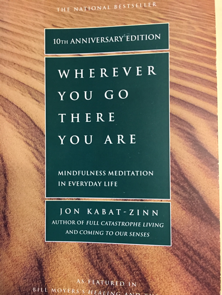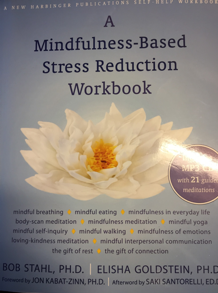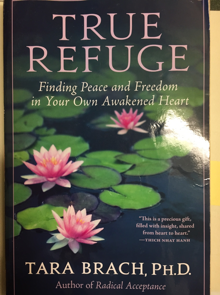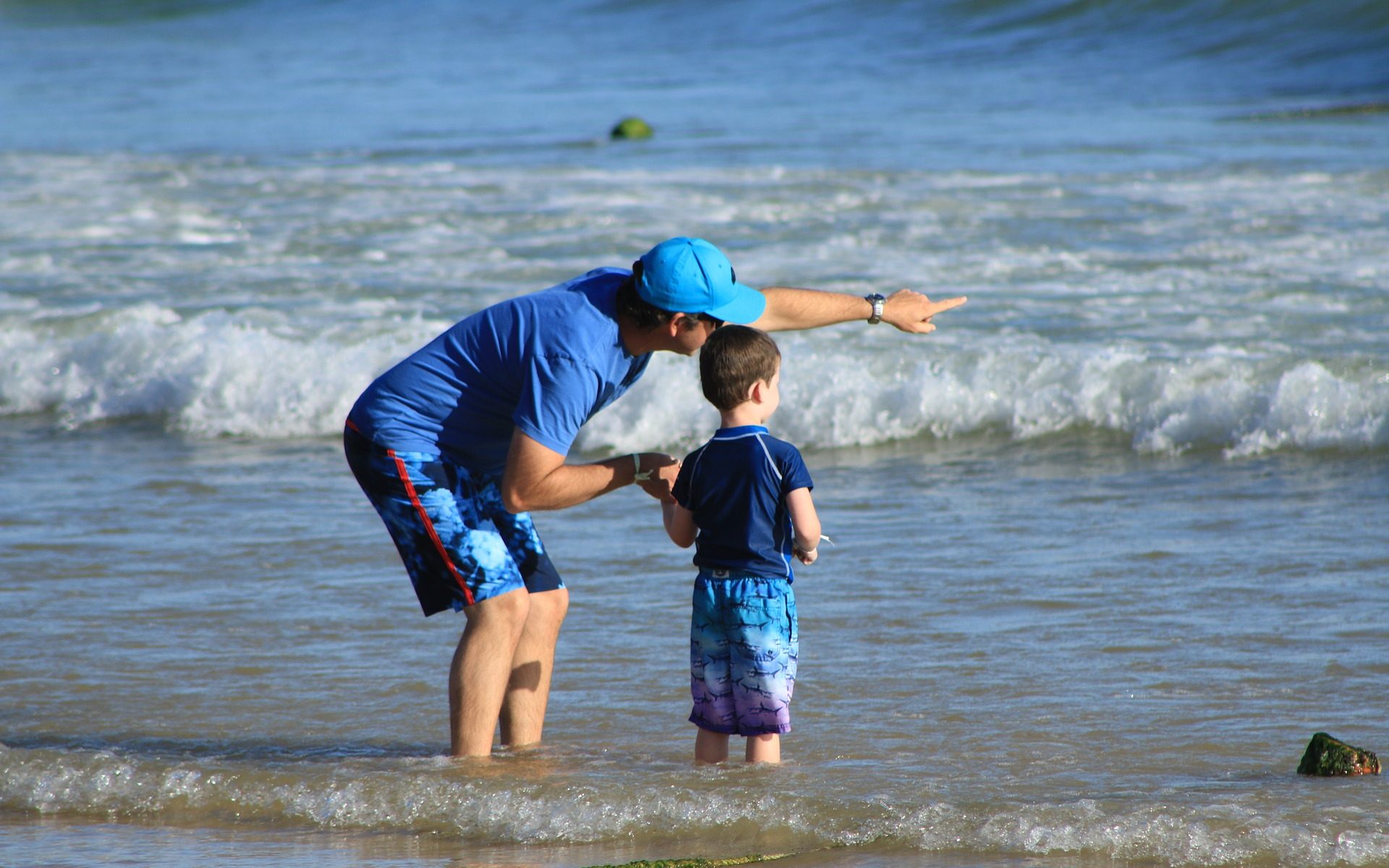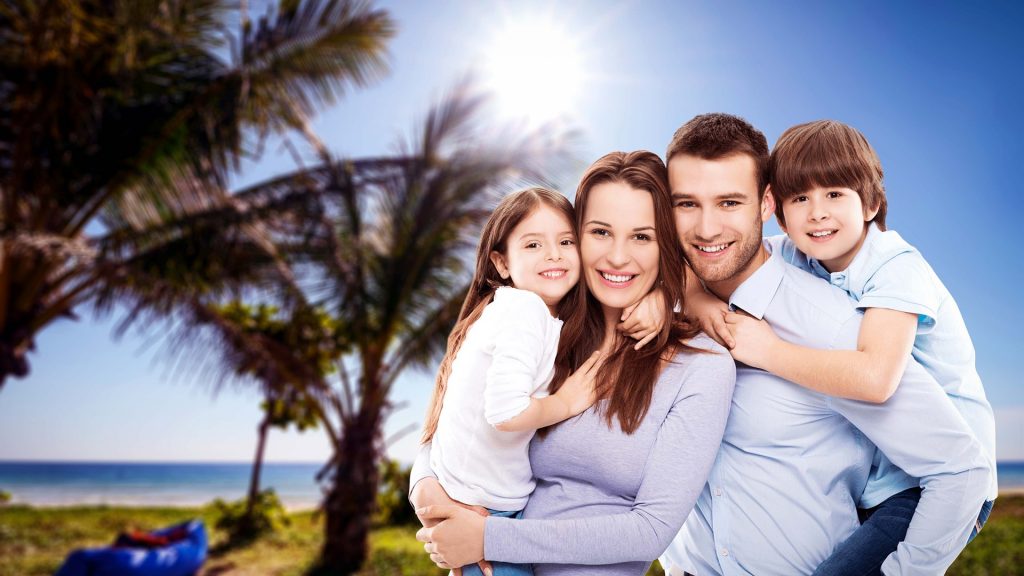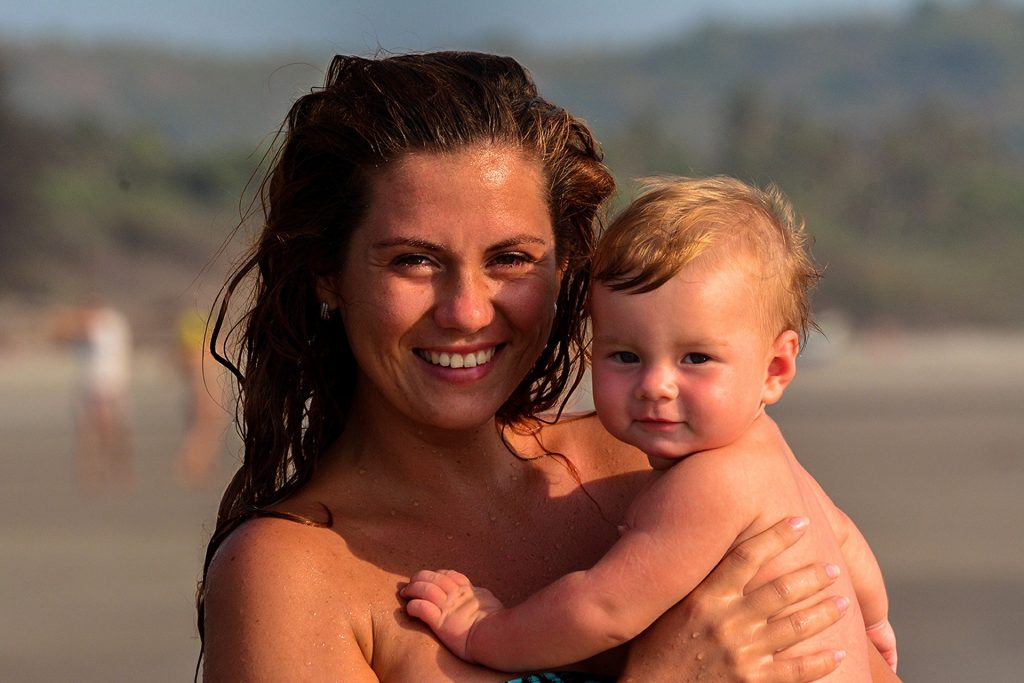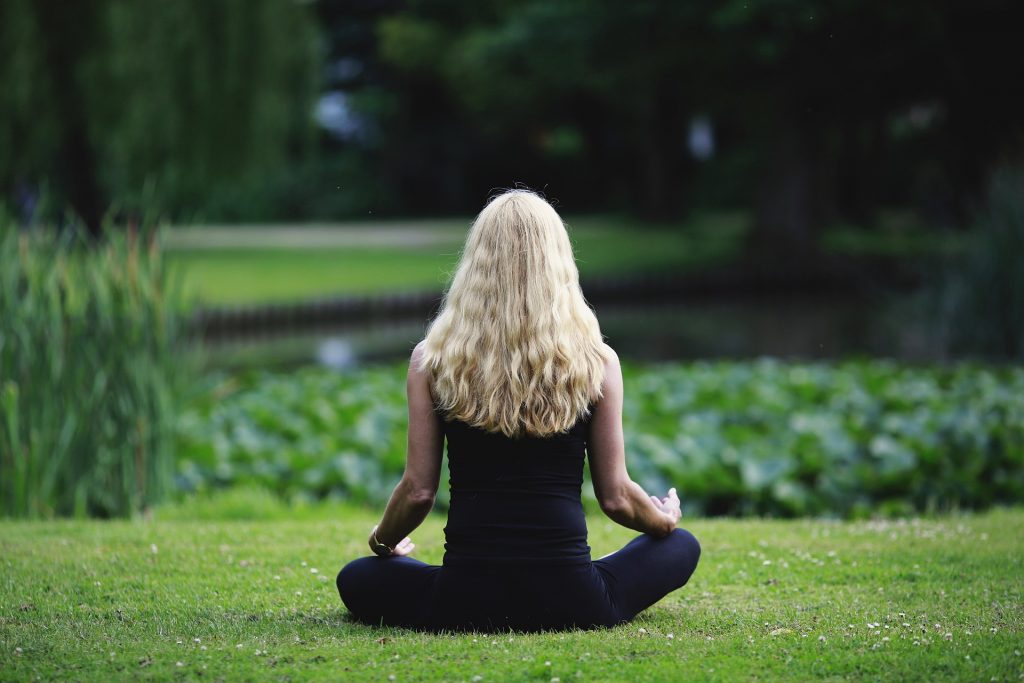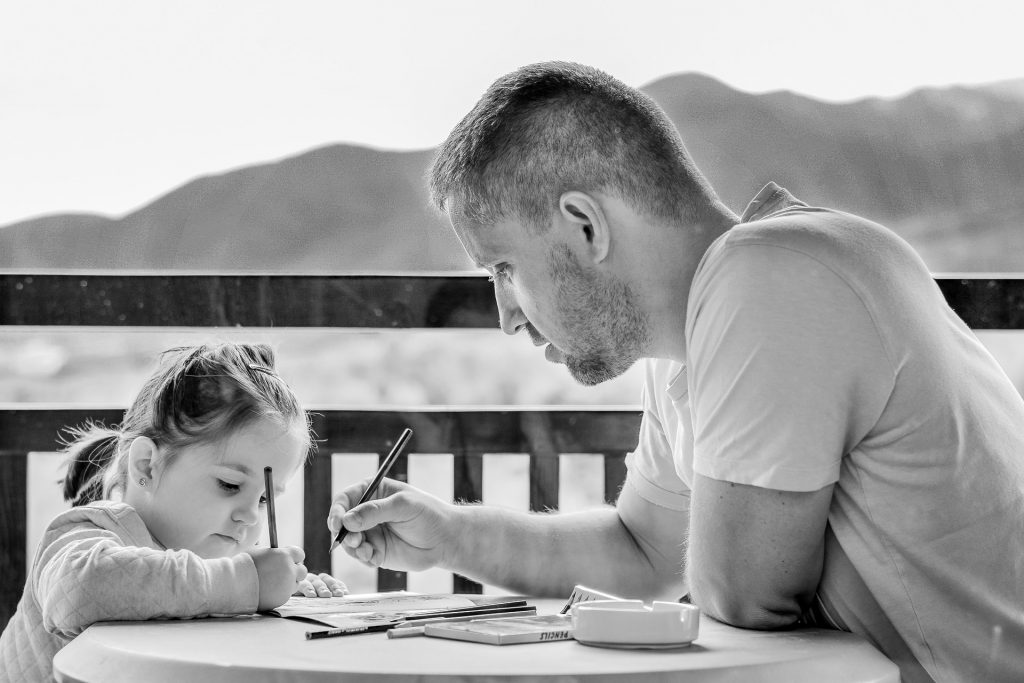By Jasmin Mundi and Emily Shergill
Practicing Mindfulness During the Early Months of Parenthood: A guide for parents of children from Birth-18 months
Babies go through drastic changes from the time they are born to 18 months of age and it is no surprise they rely heavily on their parents for guidance, comfort, care, security, nutrition, and shelter. The unique transition to parenthood also comes with significant changes as parents go through the ups and downs during the early months, all while trying to maintain relationships and self-identity. Although the experience of parenthood is rewarding and brings joy to many parents, there are also a multitude of challenges that parents face during these early months, which can cause feelings of stress. Therefore, it is important that parents practice self-care and mindfulness to maintain their own health and well-being.

The Transformative Process of the Child and Parent
The time from your baby’s birth to 18 months of age goes by quickly. In this short span, your child will grow significantly in size, develop their own personality, grow teeth, begin to sit up on their own, walk, begin to play with toys, and even begin to talk (Perry, Hockenberry, Lowdermilk, & Wilson, 2013). Growth spurts are particularly challenging as they are often met with sleepless nights and above all, feelings of frustration or helplessness by many parents. Some parents may consider themselves lucky as their child may learn to eventually sleep throughout the night as he or she grows, while other parents face difficulties keeping their child asleep at night. All these changes that occur during the first 18 months of life, along with increased responsibility can also change the dynamic of the relationship between many parents. What is important to know during this time is that every child is different and the most important thing you can do as a parent is practice self-care so you can be the best parent you can be.
What is Mindfulness?
Mindfulness refers to the ability to pay attention to one’s internal and external thoughts and experiences that currently exist in the present, which allow one to become more aware of their mental state (Edenfield & Saeed, 2012). Mindfulness also allows one to be aware of his or her surroundings, emotions, and thoughts, and how these affect his or her body; it is the process of choosing one thing and paying close attention to it (Healthwise Staff, 2017). There are many ways parents can incorporate self-care into their daily routine. One of the most effective ways of doing so is through practicing simple mindfulness. Let’s face it, parents don’t have a lot of time, but that is okay, because setting aside 10-15 minutes a day is all you need to practice mindfulness. There are many different types of mindfulness exercises that are effective for parents of 0-18-month-old children.

Why Practice Mindfulness?
During the first 18 months of life, children require a significant amount of care and attention and it is easy to lose touch with one’s own body and emotions in the process of caring for someone else. Mindfulness exercises can help parents identify their external and internal stressors and assist them to overcome and resolve these stressors (Fargo, 2018). Mindful exercises have also been shown to help reduce anxiety and increase concentration. Although anytime is an appropriate time to practice mindfulness exercises, they are best practiced when parents are in a relaxed state so that they are effective when unexpected or stressful situations arise.
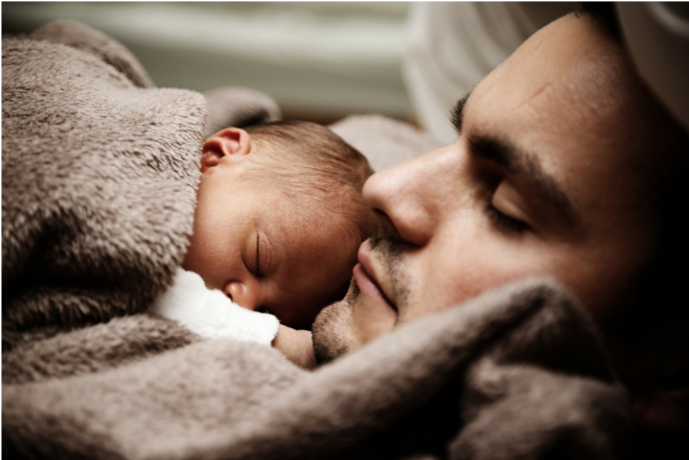
Tips for Getting Started: Simple Mindfulness Techniques
The first mindfulness technique for parents to consider, especially as a parent of a baby or toddler, is to pay attention to how you sound and appear to your child when providing care (Fargo, 2018). Imagine how you would want your child to perceive you, especially during stressful times, for example, when the child is not sleeping well, crying more often than not, or not eating well. Another way parents can practice mindfulness with their child, is by taking the child’s point of view or perception to help consider why the child may be crying or not feeding well which will increase awareness of not only their own feelings, but also the child’s.
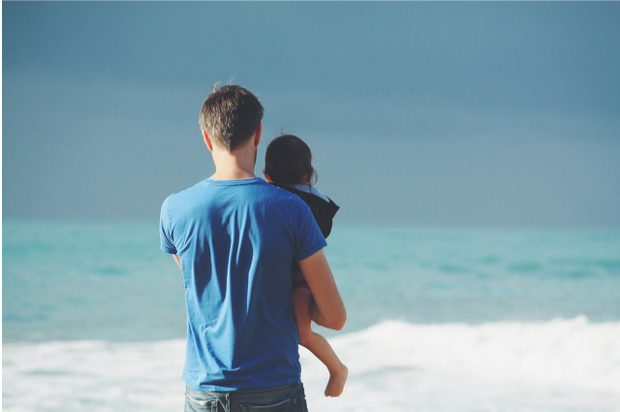
Another helpful way parents can practice self-care is to involve their full body into mindfulness exercises which can help overcome emotional and physical stress. For example, focus on your entire body, as you do a full body scan, recognize and touch the parts of your body that feel tense (Healthwise Staff, 2017). As you touch your body, focus on relieving the tension by consciously relaxing your muscles and breathing in and out slowly. After focusing on your body parts, move onto your brain and focus on all of the thoughts that are running through your brain. Pay attention to the content of your thoughts, without being judgmental, and take note of the types of thoughts you have (Healthwise Staff, 2017). It is okay for your mind to dwell on certain things, become distracted, or begin to think about other things that you need to do for the day while performing different exercises, as this is part of practicing mindfulness. When it comes to mindfulness, practice doesn’t always make perfect, but it certainly goes a long way to help stay in the present and avoid becoming distracted by other stressors

Another practical mindfulness technique that can easily be incorporated into any parent’s routine, is done by using nature and the senses such as taste, smell, touch, and vision to encourage and practice mindfulness. For example, going for a walk, taking deep breaths, being mindful of the smell outside, feeling the temperature, looking at the colour of the trees and flowers, and the colour of the sky can help distract one from having constant worrying or stressful thoughts (Healthwise Staff, 2017). For those days where leaving the house seems like an impossible task, using mindfulness techniques at home can be just as helpful. For example, when eating a meal, pay attention to the colour and smell of the food, notice the way the meal looks, eat slowly and be mindful, and recognize the different types of flavors that you can taste. When feeding or resting while the baby takes a nap, take time to sit on a comfortable chair, look outside the window, pay attention to the sounds around you, and focus on deep breathing. Lastly, at the end of each day, look back and reflect on positive things that occurred in that day. For example, focus on positive interactions that you had with your child and partner, even if it was a challenging day (Marlowe, 2013). Encouraging your mind to focus on more positive memories and practice reflecting on experiences that brought joy helps you to reconnect and remember these pleasant experiences, rather than having negative memories and therefore, negative emotions.
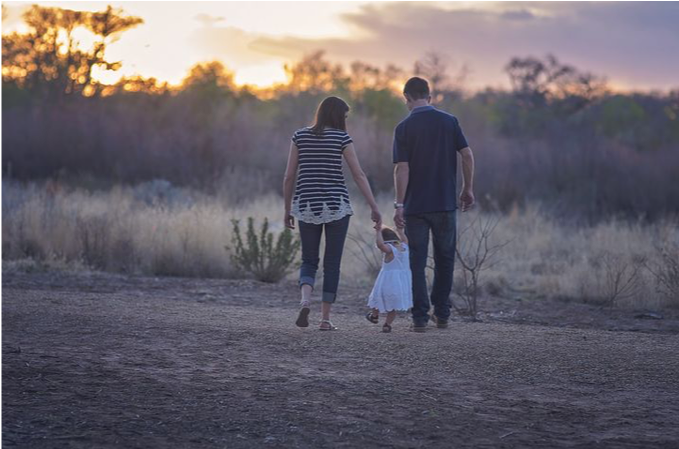
Practicing mindfulness exercises acts as a self-help treatment and helps one recognize, reflect, and resolve stressful situations. It is also important to realize that it is not always easy to be mindful due to multiple stressors, however, it is important to recognize stress levels and use self-help techniques, such as mindfulness exercises, to promote better mental health, and provide better care for not only yourself but also your child (Fargo, 2018).

Try Our 2 Minute Mindfulness Practice Video
Video created by
Jasmin Mundi and Emily Shergill
2 mins, November 2018 in Adobe Spark Video
Mindful New Parent Resources
Mindful Families

Mindful Families is a blog created by Sara Marlowe, a mother, author and clinical social worker. Mindful Families is a valuable resource that provides thoughtful tips on the topic of mindful parenting and raising mindful children. This website contains many articles, as well as, techniques on how parents can incorporate mindfulness into everyday life in a way that enriches the well-being of the whole family unit. In addition to the online resources offered through mindfulfamilies.ca, Sara Marlowe also offers personal counselling services and mindfulness workshops that the whole family can enjoy.
URL: http://www.mindfulfamilies.ca
Mindful.org

Mindful is an online community based website that offers a great starting place for parents who wish to learn more about the basics of mindfulness. This website is designed for any person who is interested in learning about the basic principles of mindfulness and offers strong evidence-based research on the benefits of mindfulness practice. This easy-to-use website also provides its users with a variety of free meditation and mindfulness practices that can be easily integrated into daily life. What makes Mindful truly unique, it that the website specifically relates mindfulness to a variety of health topics, making it easy to understand how mindfulness can affect the body, mind and spirit.
Mindful Exercises

Mindful Exercises is a perfect website for parents to use when they may not be able to get out of the house during those earlier months of parenting. This practical website offers free guided meditations through video and audio resources that are short enough to incorporate into almost any part of the day. For those who are in need of some extra mindfulness inspiration, this website offers free mindfulness and meditation quotes which can help parents gain perspective and carry a new sense of optimism during the most stressful of times.
URL: https://mindfulnessexercises.com
HealthLink BC

HealthLink BC is a free resource that provides evidence-based health and wellness information and is created by the Provincial Government of British Columbia that touches on a variety of topics from caring for children to self-care. This resource is an all-around health toolkit that any parent will be sure to benefit from in a variety of ways for years to come. For those parents who are in need of extra help or advice, this website offers a phone number (8-1-1) that parents can call for more in depth advice from health care professionals on a variety of health topics.
URL: http://www.healthlinkbc.ca
The Free Mindfulness Project

The Mindfulness Project is an initiative started by Clinical Psychologist and mindfulness teacher, Peter Morgan after recognizing the difficulty in finding free mindfulness resources. The Mindfulness Project is a library of helpful mindfulness tools that users can access from all over the world. Not only does the Mindfulness Project offer free guided mindfulness meditation downloads, it also directs its users to a variety of user-friendly apps that could certainly be incorporated into a daily routine.
URL: http://www.freemindfulness.org/
Insight Timer

Insight Timer is a free meditation app that is available in a variety of languages that can be downloaded onto any iPhone or Android. This app brings together over five million mediators worldwide into one online community. There are also over 2500 meditation instructors publishing tools to helps its users become calm, mindful, compassionate people through meditation and mindfulness practices. In addition to the guided meditations provided, there are also published audio discussions that cover topics such as self-compassion and stress.
Baby Center

Baby Center is a website specifically designed with parents of infants and toddlers in mind. Baby Center touches on a variety of parenting topics applicable to parents of children 0-18 months, such as breastfeeding, sleep, growth and development, as well as, helpful strategies for parents on how to practice self-care during the early stages of parenthood. Many articles published on Baby Center are evidence-based and written by Canadian physicians and other professionals. Baby Center also provides a message board for parents to communicate and provide support to one another.
URL: https://www.babycenter.com
Healthy Families BC

Healthy Families BC is an initiative started by the provincial government of British Columbia to promote the health and well-being of BC families throughout their lifespan. The overall aim of the Healthy Families initiative is to help British Columbians take initiative over their own health and well-being by offering a variety of health promoting resources. Part of the Healthy Families BC initiative is to promote self-care of new parents. There are a variety of resources on the Healthy Family BC website to help parents as they go through the motions of parenthood, including ways of practicing self-care.
URL: https://www.healthyfamiliesbc.ca
Moments a Day

Moments a Day is a blog designed to empower families to make steps towards personal growth and development. According to the site, personal growth is something that should be continued throughout one’s life course, and helps people become better parents. Moments a Day offers a variety of articles such as how to use mindfulness to manage motherhood, how to connect with your child, and such, as a way to help parents in their quest for personal growth within the context of family.
URL: http://www.momentsaday.com
Guided Meditation for New Moms (Video)

This video provides parents with a short relaxation meditation exercise that is easy to do at home. The author of the video (Candace) is also an international yoga instructor and renowned blogger who offers a variety of other free meditation videos that are short enough to keep even the busiest parent engaged.
URL: https://www.youtube.com/watch?v=EtHA7dj-Lzo
References
Edenfield, T. M., & Saeed, S. A. (2012). An update on mindfulness meditation as a self help treatment for anxiety and depression. Psychology research and behavior management, 5, 131-41.
Fargo, S. (2018). Mindfulness Exercises for Parents. Retrieved from
https://mindfulnessexercises.com/mindfulness-exercises-for-parents/
Healthwise Staff. (2017). Mindfulness-Based Stress Reduction. Retrieved from
https://www.healthlinkbc.ca/health-topics/abl0293
Marlowe, S. (2013). Mindfulness Practices for Parents. Retrieved form
http://www.mindfulfamilies.ca/index.php/mindful-families/mindful-parenting/practices-for-mindful-parenting
Perry, S., Hockenberry, M., Lowdermilk, D., & Wilson, D. (2013). Maternal Child Nursing Care in Canada. (1st ed.). Ontario, Canada: Elsevier.
